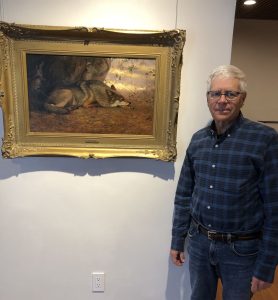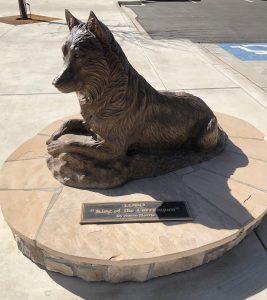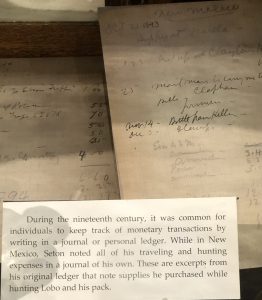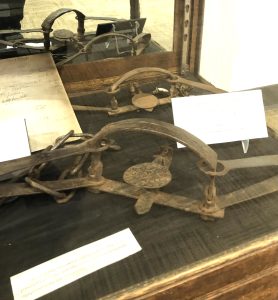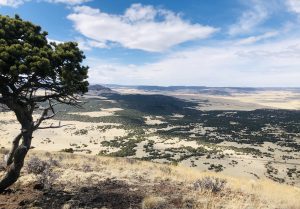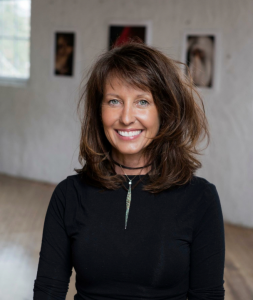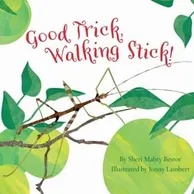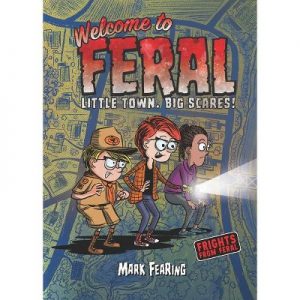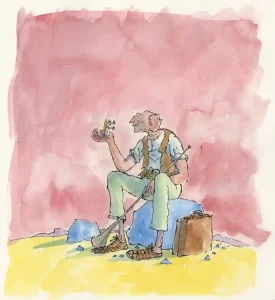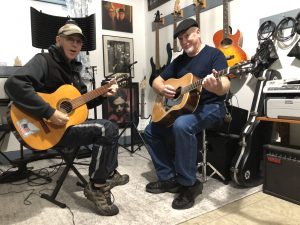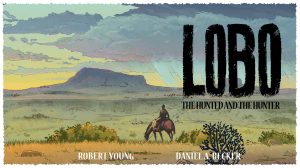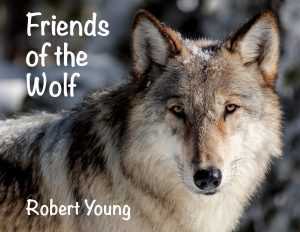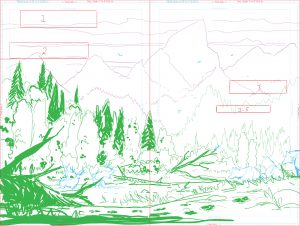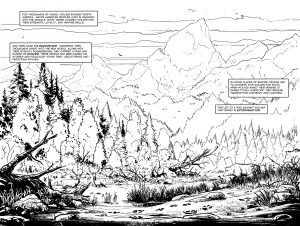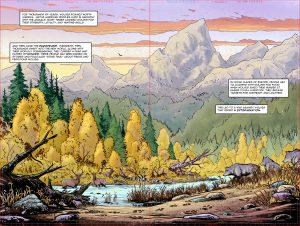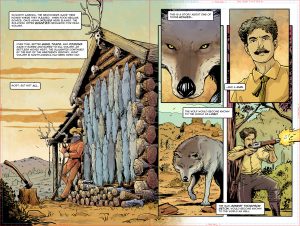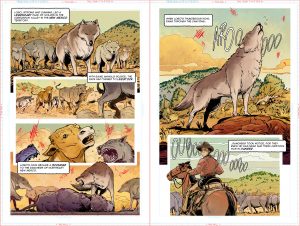Willie Mays has died. The great Willie Mays.
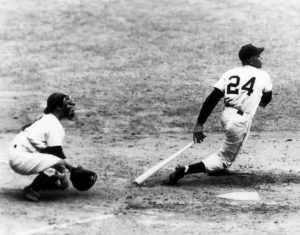
Willie was my favorite player when I was a kid. He was everything I wanted to be as a ballplayer: fast, strong, a great hitter, an outstanding center-fielder with a rifle arm. That I never came close to any of his abilities was of no consequence. I just loved watching him play, loose and smooth. He always seemed to be smiling and enjoying himself. He was truly playing a game.
Besides the countless games I watched him play, some in person, there are two personal Willie Mays memories lodged in my mind. One took place in 1963, when the Giants were in Philadelphia playing a series with the Phillies. I was twelve years old.
I got to go to one of the games at Connie Mack Stadium. My mom was a very reluctant driver, but she braved the city and took me and a friend. (My dad had left the family, so she was doing double duty). I don’t recall anything about the game itself, but after the game is clear in my memory.
An ocean of kids stood outside the ballpark, next to the Giants’ team bus waiting for the players to come out, hoping to get autographs. I was in the middle of the jostling crowd. The players came out of the clubhouse one-by-one. In their street clothes, some were hard to recognize, but I did see Willie McCovey and Juan Marichal, and I was able to have Orlando Cepeda sign my glove.
But who I really was waiting for, who we were all waiting for, was Willie. And finally he emerged, and although he was dressed in a suit and tie, everybody recognized him and pushed forward, many of us calling his name.
Willie, however, seemed not to even notice the excited crowd. As he waded into us, he searched the horizon. And then, momentarily, a sleek little T-bird convertible with its top down rolled up to the curb. A model-looking blonde was behind the wheel. When Willie saw her, he pushed his way through the crowd and got in the car, which then sped off.
Suddenly, we were all a little older.
Fast-forward twelve years, I was standing in a New York City parking garage, waiting for my car to be delivered. A bunch of other people were milling around, talking, and awaiting their cars as well.
When a man walked up and stood next to me, all talking ceased and all eyes were directed at him. I looked over and saw that the man was Willie Mays. I was so close I could have touched him. I could have said something, even whispered it, and he could have heard me.
Instead, I just stood there in the company of my favorite baseball player, arguably one of the best who ever played the game. That was enough.
Listening to all the accolades and remembrances upon Willie’s death, one of the themes that emerged was the difference between his on-the-field and off-the-field personas. On-the-field he was bubbling with playful enthusiasm and warmth; off-the-field he was reticent and aloof.
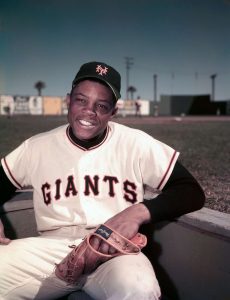
While that differentiation was confusing as a kid, as an adult I understood and honored it. I don’t have occasion to come in contact with “famous” people, but when I do, it’s with the lowest of expectations. They deserve that much.

